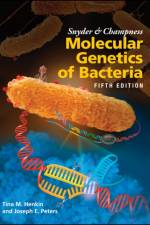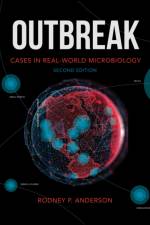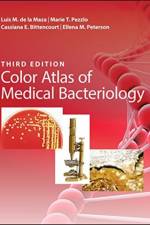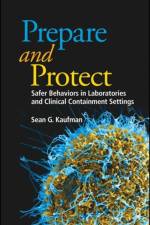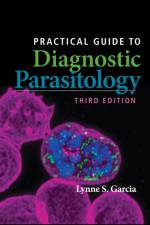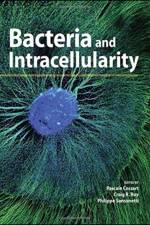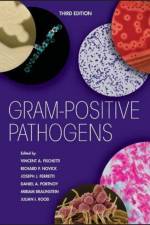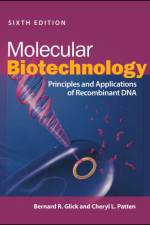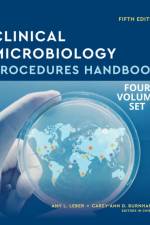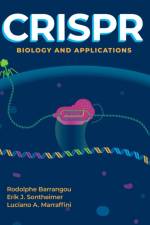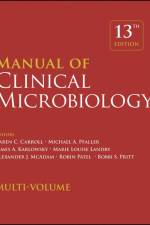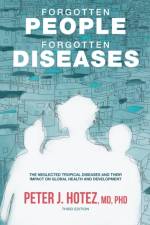av Tina M. (The Ohio State University Henkin
1 609
The single most comprehensive and authoritative textbook on bacterial molecular geneticsSnyder & Champness Molecular Genetics of Bacteria is a new edition of a classic text, updated to address the massive advances in the field of bacterial molecular genetics and retitled as homage to the founding authors.In an era experiencing an avalanche of new genetic sequence information, this updated edition presents important experiments and advanced material relevant to current applications of molecular genetics, including conclusions from and applications of genomics; the relationships among recombination, replication, and repair and the importance of organizing sequences in DNA; the mechanisms of regulation of gene expression; the newest advances in bacterial cell biology; and the coordination of cellular processes during the bacterial cell cycle. The topics are integrated throughout with biochemical, genomic, and structural information, allowing readers to gain a deeper understanding of modern bacterial molecular genetics and its relationship to other fields of modern biology.Although the text is centered on the most-studied bacteria, Escherichia coli and Bacillus subtilis, many examples are drawn from other bacteria of experimental, medical, ecological, and biotechnological importance. The book's many useful features include* Text boxes to help students make connections to relevant topics related to other organisms, including humans* A summary of main points at the end of each chapter* Questions for discussion and independent thought* A list of suggested readings for background and further investigation in each chapter* Fully illustrated with detailed diagrams and photos in full color* A glossary of terms highlighted in the textWhile intended as an undergraduate or beginning graduate textbook, Molecular Genetics of Bacteria is an invaluable reference for anyone working in the fields of microbiology, genetics, biochemistry, bioengineering, medicine, molecular biology, and biotechnology."This is a marvelous textbook that is completely up-to-date and comprehensive, but not overwhelming. The clear prose and excellent figures make it ideal for use in teaching bacterial molecular genetics."--Caroline Harwood, University of Washington

